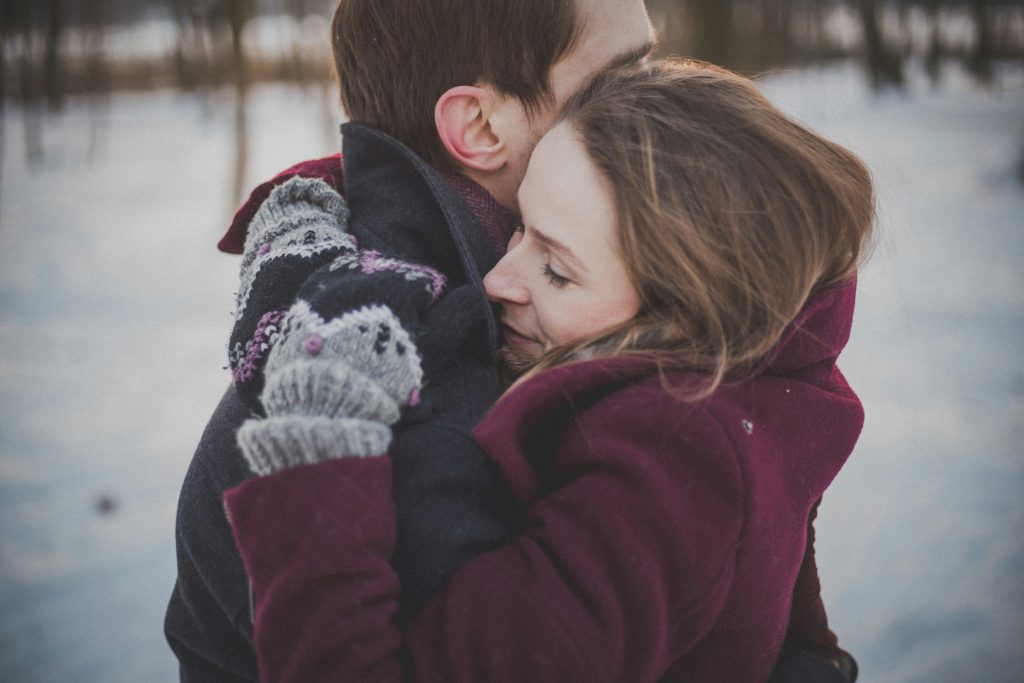
How do we begin to heal the emotional wounds that stem from childhood experiences and past relationships? It’s a question I ask often in my work with couples and individuals—and the answer is rarely straightforward. These wounds are not just about what happened to us; they’re about how those moments shaped the way we give and receive love today.
When two people come together in a relationship, they aren’t just adults navigating shared responsibilities. They are often two inner children, carrying unresolved pain and longing for validation, safety, and acceptance. Recognizing this truth changes everything—it softens judgment and opens the door to empathy, understanding, and healing.
What Are Emotional Wounds?
Emotional wounds are the lingering pain points created by early experiences that were confusing, frightening, or emotionally neglectful. They live in the subconscious, often buried deep until triggered by conflict or closeness in adulthood.
These wounds influence how we react under stress, how we approach intimacy, and how safe we feel being vulnerable with others. Without healing, they create invisible walls that keep us disconnected—not only from our partners, but from ourselves.
The Five Emotional Wounds That Shape Relationships
Canadian psychotherapist Lise Bourbeau outlined five core emotional wounds that commonly show up in adult relationships:
-
Rejection – A deep-seated fear of not being wanted or accepted. This wound often leads to emotional withdrawal and fear of intimacy.
-
Abandonment – Arises from physical or emotional neglect. It often creates clinginess, anxiety in relationships, and a fear of being alone.
-
Humiliation – Comes from being shamed as a child. This can cause people-pleasing, suppression of desires, and discomfort with receiving pleasure.
-
Betrayal – Caused by broken trust in early caregiving relationships. It can result in control issues, trust struggles, and fear of emotional vulnerability.
-
Injustice – Develops from being raised in rigid or overly critical environments. This often leads to perfectionism, emotional numbness, and suppressed needs.
These emotional wounds are not flaws. They’re survival mechanisms formed to protect a vulnerable heart.
Healing Emotional Wounds: A Path to Wholeness
Though we cannot change the past, we can change how it affects our present. Healing emotional wounds takes courage, curiosity, and compassion.
1. Awareness
The first step is noticing the patterns. Do you push people away when they get too close? Do you panic when someone pulls back? Start connecting the dots between your reactions and your early experiences.
2. Self-Compassion
Recognize that your defense mechanisms were your brain and body’s way of keeping you safe. Be gentle with yourself as you begin to unlearn them.
3. Vulnerability in Relationships
When you feel safe, share your emotional wounds with your partner. Let them know what triggers you—not as a blame, but as a bridge toward deeper understanding.
4. Professional Guidance
Working with a therapist or coach trained in trauma, attachment, or inner child healing can accelerate your progress and provide invaluable tools for self-regulation and growth.
Attachment Styles: The Legacy of Emotional Wounds
Your attachment style—formed in early relationships—can be a clear signpost of your emotional wounds. The four common styles include:
- Secure – You feel safe with closeness and autonomy.
- Anxious – You crave reassurance and fear abandonment.
- Avoidant – You protect yourself by avoiding emotional closeness.
- Disorganized – You alternate between craving and fearing intimacy, often due to trauma.
Knowing your style and your partner’s allows for more compassionate communication and growth.
The Pursuer-Distancer Dynamic
One common cycle that arises from emotional wounds is the pursuer-distancer pattern: one partner seeks closeness (often with abandonment wounds), while the other withdraws (usually with rejection or betrayal wounds).
To break this cycle:
- The pursuer can learn to ask for connection calmly.
- The distancer can practice staying emotionally present without feeling overwhelmed.
- Both can create space for each other’s inner child to feel safe and seen.
Moving Forward: Healing in Connection
Healing emotional wounds isn’t about achieving perfection—it’s about building awareness and choosing differently. Some powerful steps include:
- Communicating with openness, not blame.
- Offering each other emotional safety rather than quick fixes.
- Learning to self-soothe when old wounds are triggered.
Relationships don’t heal us by accident—they heal us when we approach them with intention, patience, and love.
Final Reflection: Your Pain Is Not the End of the Story
Pause and ask yourself:
- What emotional wounds are still shaping my reactions and relationships?
- How do I respond to intimacy—do I lean in or pull away?
- What one small act of healing can I take today?
The path to love begins with self-awareness. The more we understand our emotional wounds, the more we transform them into stepping stones toward connection, peace, and deeper intimacy.
Healing is not a destination—it’s a lifelong process. But every time you choose to show up with honesty, compassion, and courage, you’re rewriting the story of your life—and your love.
